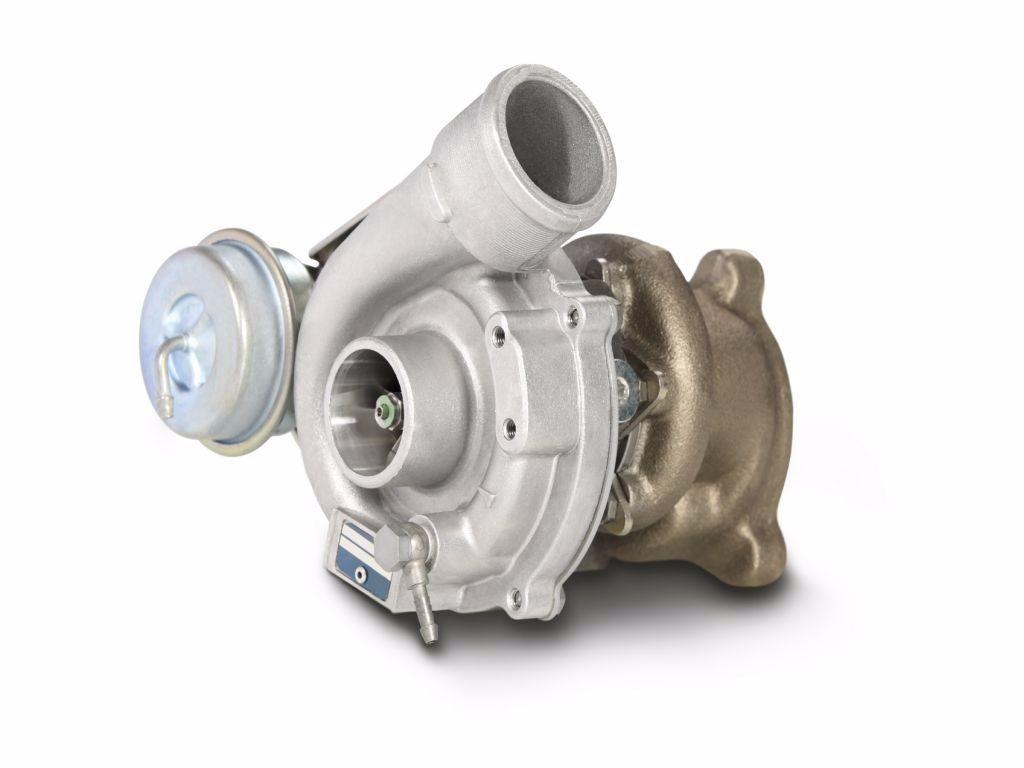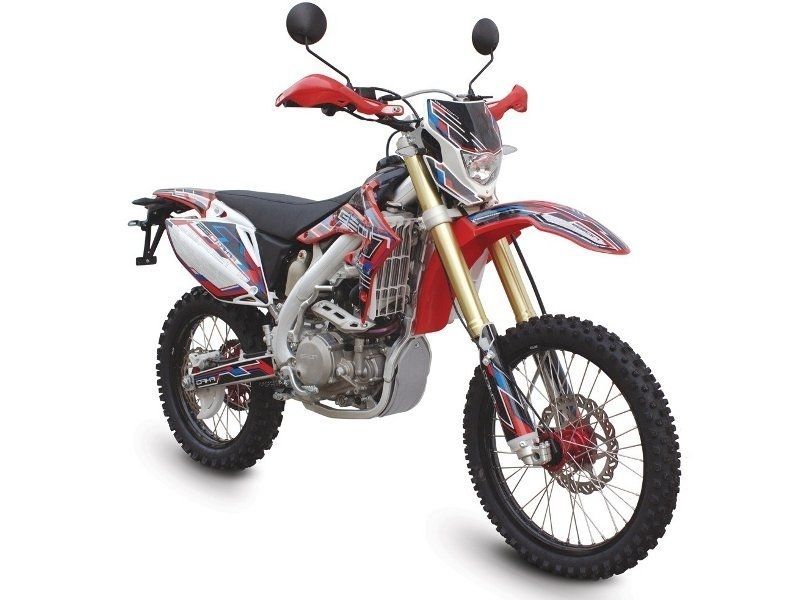
Turbo in the car. More power but more problems
 The number of cars with a turbocharger under the hood is constantly growing. We advise how to use such a car to avoid costly recharging repairs.
The number of cars with a turbocharger under the hood is constantly growing. We advise how to use such a car to avoid costly recharging repairs.
The engines of the vast majority of new cars are equipped with turbochargers. Compressors, i.e. mechanical compressors, are less common. The task of both is to force as much additional air as possible into the combustion chamber of the engine. When mixed with fuel, this results in additional power.
Another action, similar effect
In both the compressor and the turbocharger, the rotor is responsible for supplying additional air. However, this is where the similarities between the two devices end. The compressor used, among other things in Mercedes, it is driven by torque from the crankshaft, transmitted by a belt. Exhaust gas from the combustion process drives the turbocharger. In this way, the turbocharged system forces more air into the engine, resulting in the resulting power and efficiency. Both boost systems have their pros and cons. We will feel the difference in driving with one or the other almost immediately after launch. An engine with a compressor allows you to maintain a constant increase in power, starting from a lower speed. In a turbo car, we can count on the effect of driving into the seat. The turbine helps achieve higher torque at lower rpm than naturally aspirated units. This makes the engine more dynamic. Interestingly, to overcome the shortcomings of both solutions, they are increasingly being used simultaneously. Strengthening the engine with a turbocharger and compressor avoids the effect of turbo lag, that is, a drop in torque after shifting to a higher gear.
The turbine is more emergency than the compressor
The operation of the compressor is not difficult. Considered a maintenance free device. Yes, it puts a strain on the engine, but if we take care to change the air filter and drive belt regularly, there is a chance it will last in our car for years to come. The most common failure is a problem with the rotor bearing. Usually ends with compressor regeneration or replacement with a new one.
In the case of a turbine, the situation is somewhat different. On the one hand, it does not load the engine, as it is driven by the energy of the exhaust gases. But the mode of operation exposes it to very high loads due to operation at very high temperatures. Therefore, it is necessary to wait a few minutes for the engine to cool down before switching off an engine equipped with a turbocharger. Otherwise, various types of damage may occur, including play in the rotor bearing, leakage and, as a result, oiliness of the suction system. Then the turbine should be replaced with a new one or regenerated.
Turbocharger maintenance - regeneration or replacement?
Many brands offer remanufactured turbochargers. The cost of such a component is lower than a new one. For example, for the popular version of the Ford Focus, the price of a new turbocharger is approx. zloty. It will be regenerated for about 5 people. PLN is cheaper. Despite the lower price, the quality is no less high, because this is a part restored by the concern, which is covered by a full warranty. Until Ford regenerates the compressors on site, you can count on this service from Skoda for your services. In the case of the second generation Skoda Octavia with a 2 hp 105 TDI engine. a new turbo costs 1.9 zł. PLN, but by giving the manufacturer the old compressor, the costs are reduced to 7. PLN. At the same time, regeneration at ASO costs 4 thousand. PLN plus disassembly and assembly costs - about 2,5 PLN.
Much cheaper services are provided by specialized factories engaged only in the repair of turbochargers. While 10-15 years ago such a service also cost about 2,5-3 thousand in addition to ASO. zł, today a complex repair costs even about 600-700 zł. “Our overhaul costs include cleaning, decommissioning, replacement of o-rings, seals, plain bearings, and dynamic balancing of the entire system. If it is necessary to replace the shaft and the compression wheel, the price increases to about PLN 900, says Leszek Kwolek from turbo-rzeszow.pl. What should I pay attention to when returning the turbine for regeneration? Leszek Kwolek advises avoiding installations that are limited to cleaning and assembly without balancing. In such a situation, repair may be only a partial solution to the problem. A properly remanufactured turbocharger, according to the manufacturer's repair technology, has the same parameters as a new one and receives the same warranty.
Balancing itself is a time-consuming procedure and requires professional knowledge, precision instruments and people performing this procedure. The best workshops have the equipment to check how the turbine behaves in extreme conditions and prepare it for them by precise balancing. One way is to use a high speed VSR balancer. Such a device makes it possible to check the behavior of the rotating system under conditions similar to those prevailing in the engine. But for the test, the rotational speed can be increased even up to 350 thousand. for a minute. Meanwhile, turbines in smaller engines run slower, at a maximum of 250 rpm. once a minute.
However, turbine regeneration is not everything. Very often, failures occur due to problems with other systems operating under the hood of our car. Therefore, before reconnecting a repaired turbocharger, they must be removed. Otherwise, the element just replaced may be damaged - for example, if the turbine does not have lubrication, it will crumble a moment after starting.
Supercharged or naturally aspirated engine?
Both supercharged and naturally aspirated units have their advantages and disadvantages. In the case of the former, the most important benefits are: lower power, which means lower fuel consumption, emissions and lower fees including insurance, greater flexibility and lower engine operating costs.
Xenon or halogen? Which lights are better to choose
Unfortunately, a turbocharged engine also means more failures, a more complex design, and, unfortunately, a shorter lifespan. The biggest disadvantage of a naturally aspirated engine is its high power and less dynamics. However, due to the simpler design, such units are cheaper and easier to repair, and also more durable. Instead of the proverbial push, they offer a softer but relatively uniform power boost without the turbo lag effect.
For many years, turbochargers have been installed mainly in gasoline engines of sports cars and diesel units. Currently, popular cars with turbocharged gasoline engines are increasingly appearing in car dealerships. For example, the brands of the Volkswagen Group have a rich offer. The German manufacturer equips the large and heavy VW Passat with a TSI engine of just 1.4 liters. Despite the seemingly small size, the unit develops a power of 125 hp. As many as 180 hp The Germans squeeze 1.8 TSI out of the unit, and 2.0 TSI produces up to 300 hp. TSI engines are beginning to outperform the famous TDI-branded turbodiesels.
